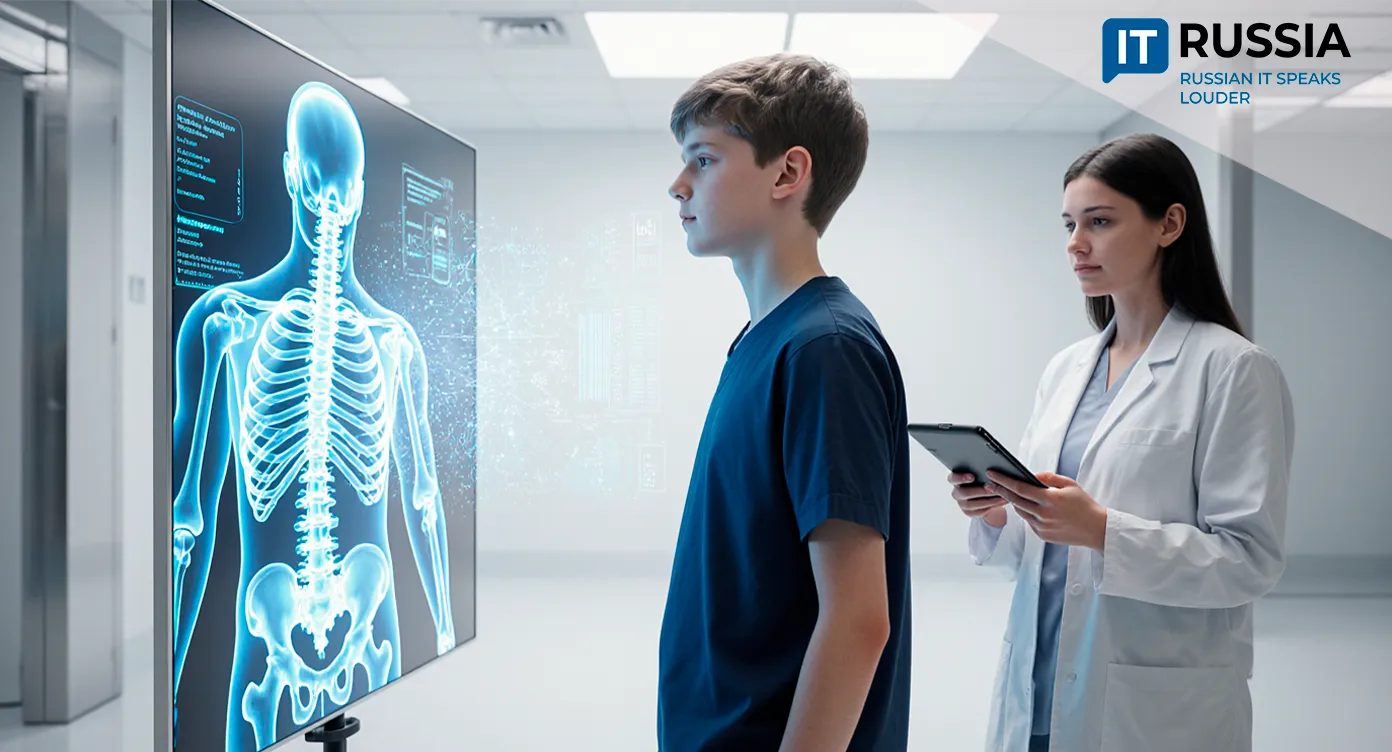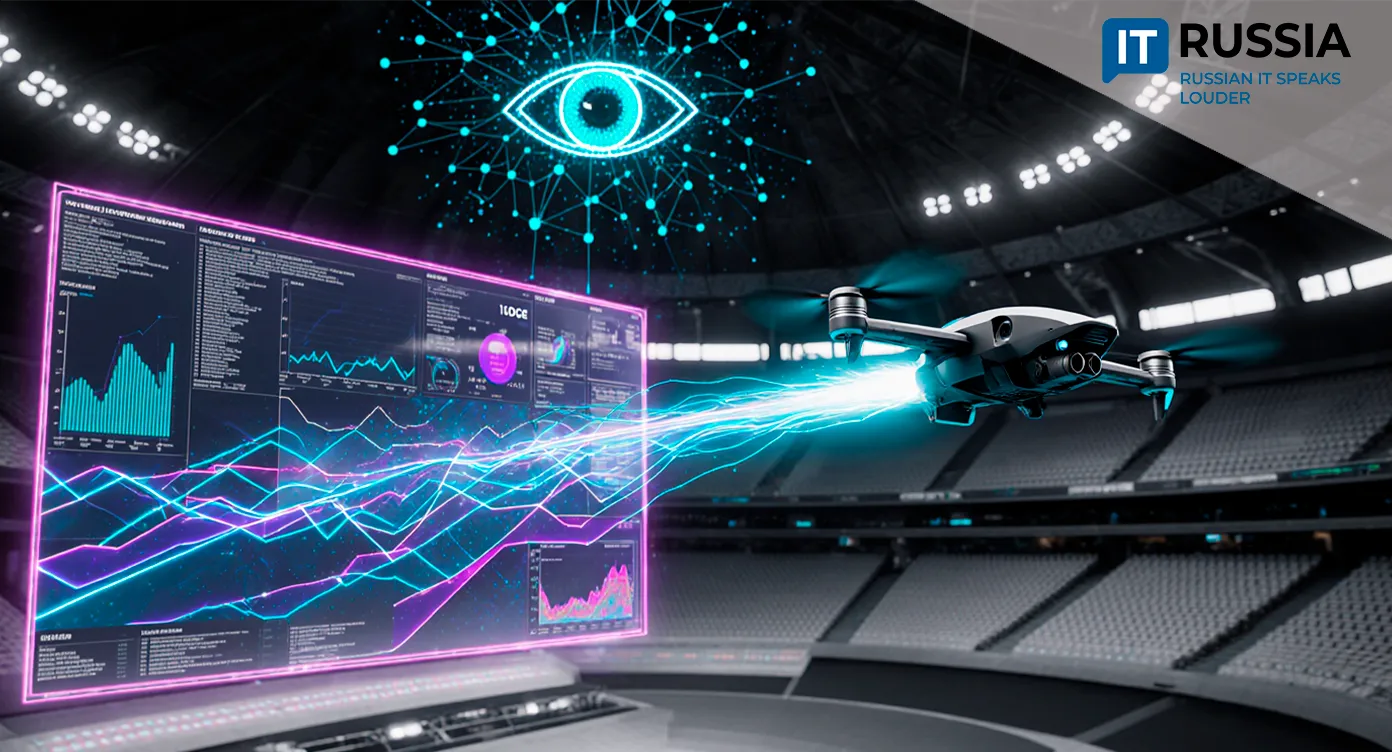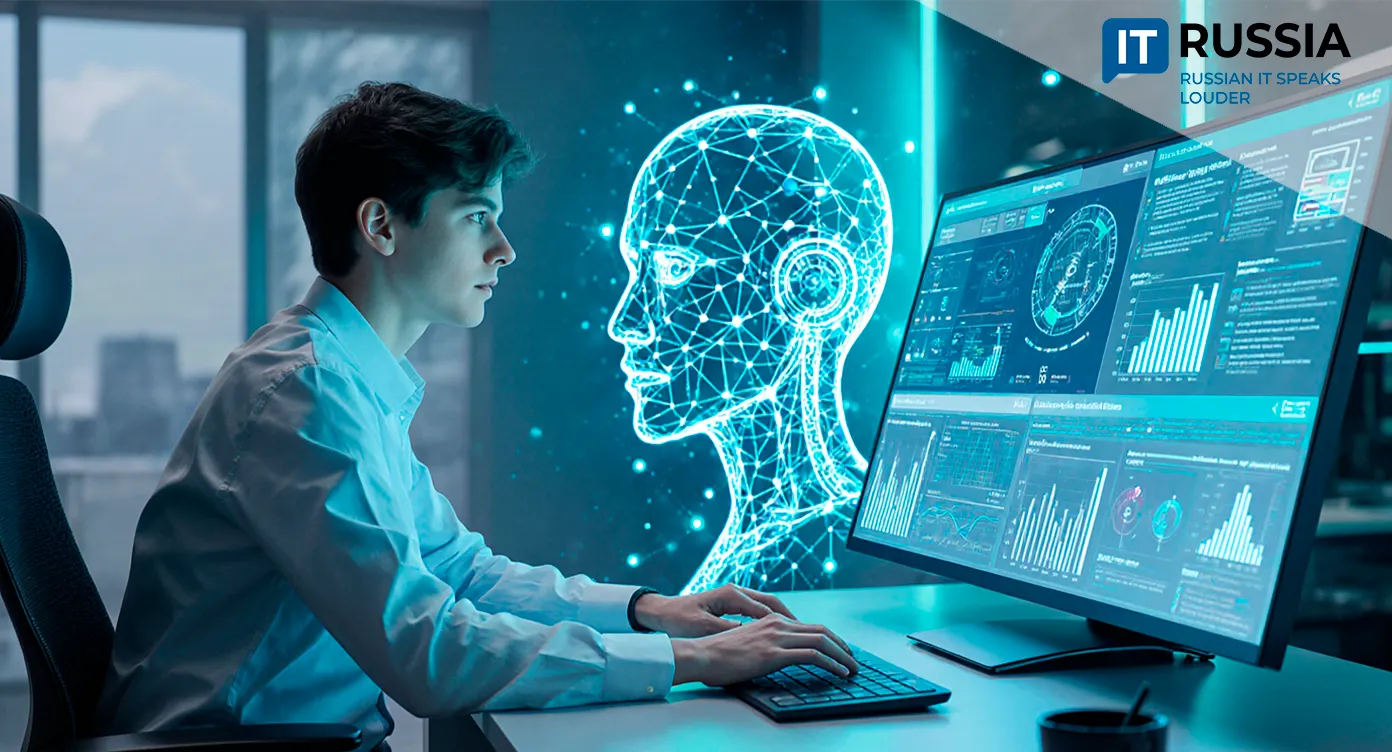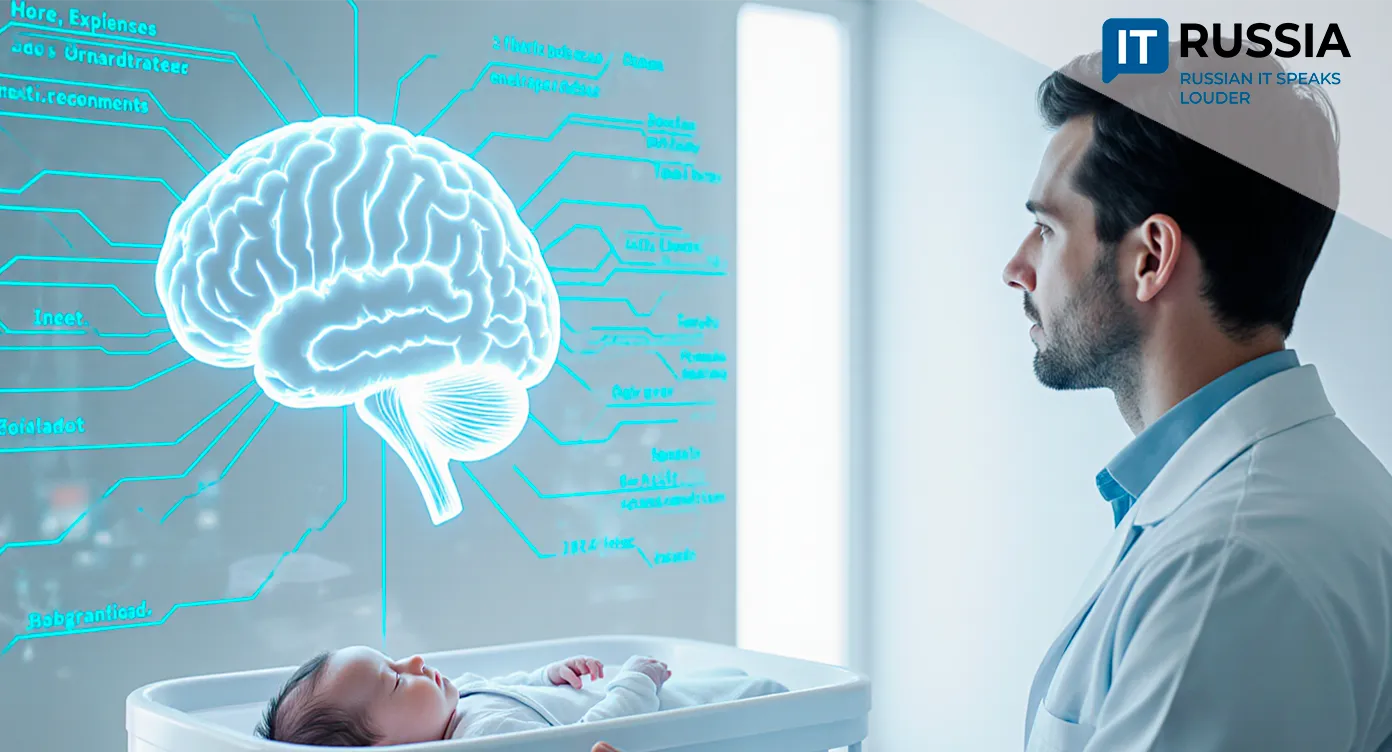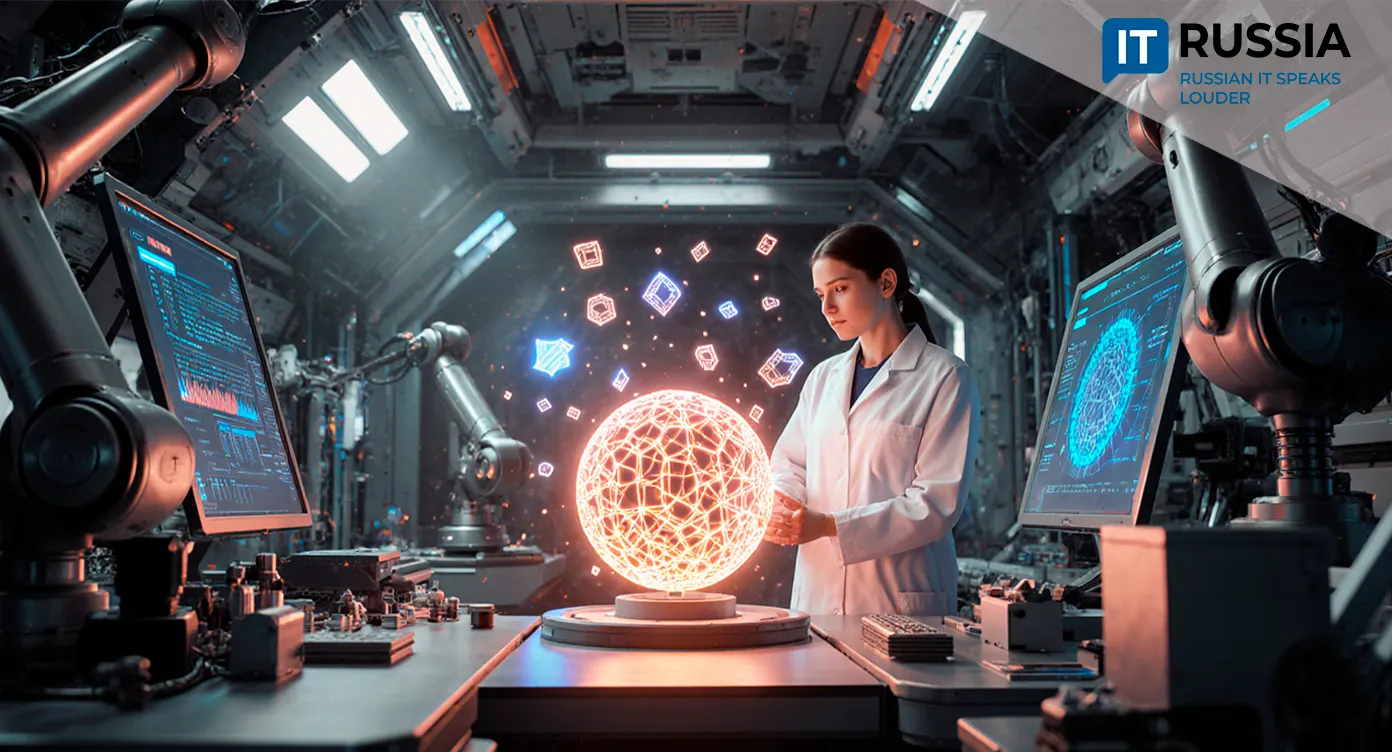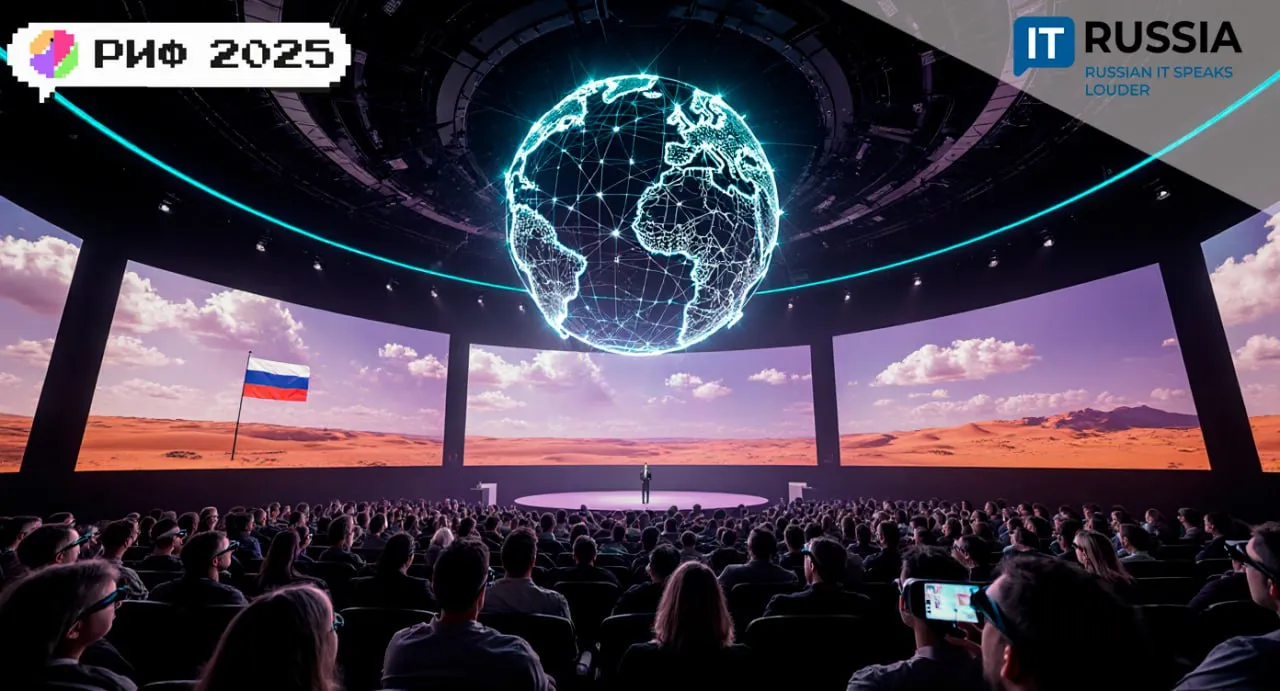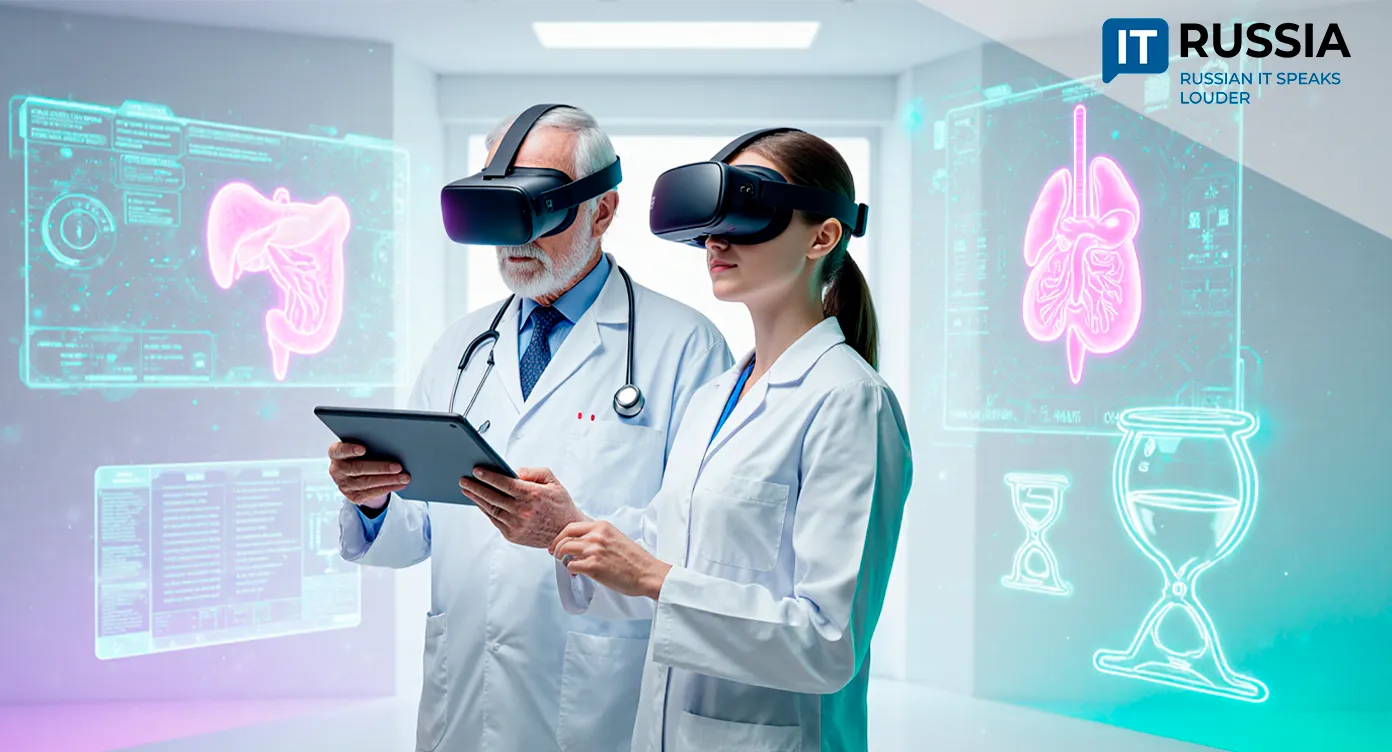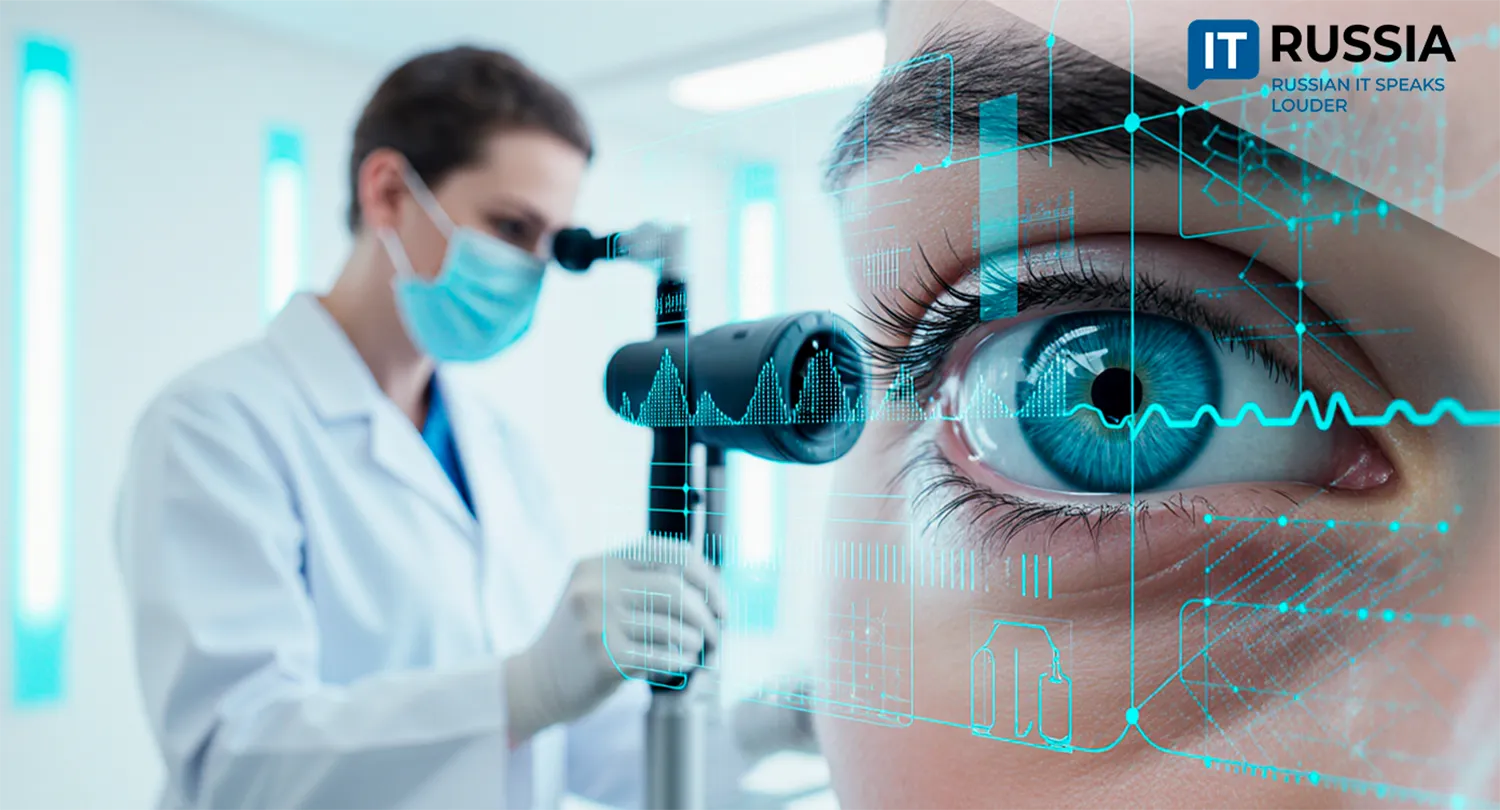The Strategic Triad
The future of Russia’s energy and IT sectors is being shaped today through the integration of science, education, and industry. On August 29, 2025, Gazprom Neft, the government of Novosibirsk Region, and Novosibirsk State University (NSU) signed a strategy for scientific and technological cooperation, continuing Russia’s technological course.

A Vector for Synergy
At the core of the alliance are technological sovereignty and the creation of an innovation-driven economy. The tripartite partnership is designed as a benchmark model of public-private collaboration with clearly defined roles. The industrial partner provides funding and real-world cases, the university contributes intellectual capacity and research, and the regional government ensures infrastructure and administrative support.
At the regional level, Novosibirsk Region — long a flagship of Russian science — is receiving a development vector for decades ahead. The alliance is already producing results: new high-tech jobs are being created, investment is flowing into research infrastructure, and Akademgorodok is strengthening its position as a global scientific cluster.

In addition to immediate outcomes, there are long-term effects, primarily the contribution to Russia’s high-tech development. The synergy of IT companies, mathematicians, and petroleum engineers is generating unique expertise in big data analytics, machine learning, and digital modeling. Russia’s IT sector continues to grow steadily despite external pressures, thanks to the digital transformation of traditional industries.
Oil and Gas with IT and not other way
The extractive industries, especially oil and gas, are undergoing digital transformation. Enhanced oil recovery, exploration, and the development of hard-to-reach fields (such as Arctic offshore reserves) demand fundamentally new technologies.
The key challenges that cannot be solved without IT include the analysis of massive geological datasets. Modern seismic surveys generate petabytes of information. Only advanced algorithms and computational power make it possible to build accurate digital models of subsurface structures and minimize drilling risks.
Further progress also depends on digital twins and predictive analytics. Creating virtual copies of wells and entire fields allows experiments and optimization in digital environments, saving billions of rubles.
Equally important is the development of the Arctic. Harsh Arctic conditions require autonomous robotic systems controlled via satellite communications and sophisticated logistics and monitoring software.

A prime example of IT and oil industry synergy is the “Digital Core” project, which virtually models rock properties using microtomography data. This approach accelerates and reduces the cost of research, eliminating the need for many expensive physical experiments.
Cause and Effect
The approved strategy is underpinned by a solid foundation. For instance, the SKIF (Siberian Circular Photon Source) mega-science project already provides unique equipment for research in the interests of the energy sector. Meanwhile, the NSU-based School of Cognitive Engineering is preparing a new generation of engineers skilled in data science and machine learning to solve Gazprom Neft’s practical tasks.
One of the main lessons from years of science-business cooperation is that administrative leverage is indispensable. In the NSU–Gazprom Neft alliance, this is ensured by the participation of the Novosibirsk regional government. The authorities support technological and educational initiatives, ensure the launch and acceleration of startups, and foster service sectors, including analytics and expertise.
Maturing Strategy
The fact that the strategy covers three years signals a shift from pilot projects to systemic work. Expected results include the export of industry-specific software (such as seismic analysis or reservoir management tools) to BRICS and Asian countries.

A personnel revolution is also on the horizon. Training specialists at the intersection of geology, physics, and computer science will create a new niche in professional education.
Moreover, the integration of universities, academic institutes, and industry in Novosibirsk’s Akademgorodok is already forming an ecosystem of commercial innovation.




